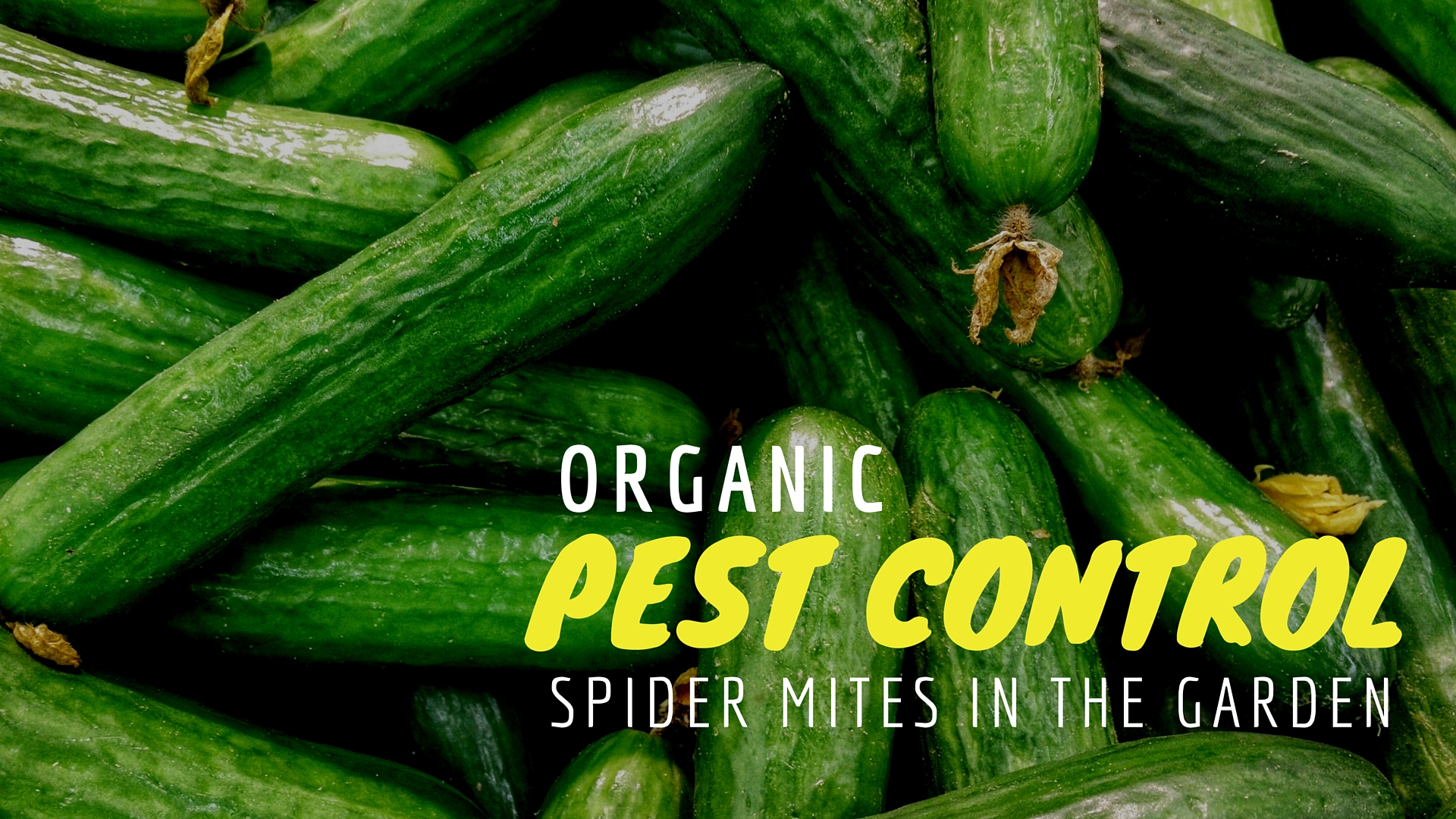How To Become More Self-Sufficient Without Starting a Full-Blown Farm…
Want to start preserving your harvest, making your own soap, or building a backyard root cellar — but not sure where to begin? “Homesteading Advice” gives you instant lifetime access to 35+ practical homesteading books on food preservation, veggie gardening, DIY natural cleaning products (save over $250 per year with this skill alone), brewing, off-grid energy, and a whole lot more…
Click Here To Check It Out Now!
Spider mites can be difficult to get rid of just using organic pesticides, but that doesn’t mean it’s time to switch to another non organic solution. When you use those non organic chemicals, you run the risk of damaging the soil food web that your plant thrives in. On my farm, the spider mites and I love the cucumbers. Because I would prefer more cucumbers then spider mites, I release spider mite predators to take care of the invasion, organically! You can watch a spider mite predator release in the High Performance Garden Show…
The Spider Mite, Tetranychus Urticae, “Two-Spotted” or “Red Spider Mite” is a major pest in vegetable, tropical, and other ornamental plants. Its tiny size makes it difficult to see. They prefer to feed from the bottom side of leaves located in the tops of plants where it is warm and dry, although as they travel along the plant, feeding marks can be found along the main vein of leaves. As populations increase, plant damage spreads across the leaves.
Spider mites feed on plant cells and produce characteristic small, yellowish, speckled feeding marks. The feeding marks are usually the first sign of a mite infestation and are often confused with some fertilizer deficiencies. Fine, silken webs can be detected on heavily infested leaves and flowers with these plant parts will quickly wither and turn brown.
Many insecticides have little or no affect in controlling spider mites. Their small size, their ability to exist close to the veins of the plants and because they are a different species of pest than other insects, controlling by spraying is extremely difficult.
Spider mites are sensitive to day length and are capable of hibernating within cracks and crevices of your structures. If you had spider mites last year, chances are excellent they will continue to be a problem this year.
Spider mite populations can explode under conditions of high temperature (above 85° F.) and low relative humidity (below 60% RH).
Spider Mite Predators…
The Phytoseiulus Persimilis or the spider mite predator is a predatory mite. It is the most frequently used mite predator to control two-spotted spider mites in greenhouses and outdoor crops. Adult females are approximately 0.5 mm long, reddish in color, pear shaped and active at room temperature. About 80% are females. The best temperatures for these to develop is from 70 – 85oF. If the temperatures are favorable the development from an egg to an adult is 7 days and they live for up to a month.
One spider mite predator will consume up to 20 adult spider mites. I like to release two stages of spider mites, after the first release I wait 2 weeks to release the second. Releasing in stages in this way insures that you have multiple generations going at separate times. The recommended inoculation rate is 5-10 per plant. I order my spider mites from hydrogarden.com, but I’m sure that you can order them online at many organic gardening supply stores.
Would you like more organic garden pest control tips? Join me in the free High Performance Garden Show. This unique growing experience allows you to garden alongside me in my farms famous High Performance Garden. This garden averages 5 pounds of produce a square foot and last year grew $2,560 worth of produce. If you want to take your gardening game to the next level, signing up for the show is the first step.
If you like this idea, be sure to share it with your friends and inspire someone you know. Anything becomes possible with just a little inspiration…

